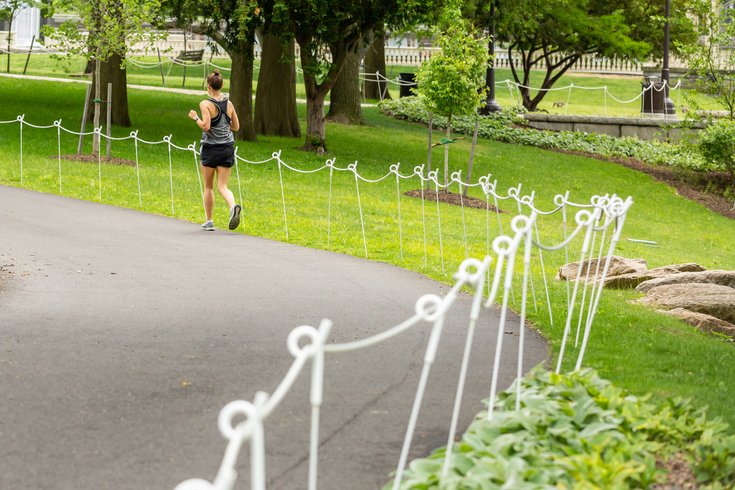
August 09, 2019
 Thom Carroll/PhillyVoice
Thom Carroll/PhillyVoice
A woman runs along the Schuylkill River Trail near the Fairmount Water Works.
Feet are, arguably, one of the least attractive parts of the body — made less attractive by any number of foot-specific afflictions, such as blisters.
While you can develop a blister on your feet from simply walking, the stakes for developing them are much higher for those who are into running and fitness.
According to Runner’s World, you can blame prolonged friction for your blisters. This friction, paired with force, is able to split apart your skin cells, which then float around in “extracellular fluid.” This fluid then pours out within the skin, hence why blisters fill with liquid.
RELATED READ: Philly running expert offers quick test to assess your road-worthiness
While these pesky and painful bumps are certainly uncomfortable, the best thing to do to treat them is — you guessed it —nothing at all.
Runner’s World does note that it is, in fact, A-OK to pop a blister if you do it right — using a sterile needle and a few poke holes in the blister to let it drain — as long as you leave the skin in tact. In fact, blisters are naturally a sterile environment, so you could even pop them mid-run and touch up with antibiotic ointment and a bandage once you make it back home, per Runner’s World.
In terms of prevention, there are a few things you can do to keep these painful skin bubbles from emerging in the first place. According to Very Well Fit:
• Feet tend to swell while running, so it’s always best to size-up in running shoes to give your toes some freedom to move around to avoid blister-causing friction. Socks made specifically for running — and made of synthetic fiber, not cotton — are also a good idea because they’re made to prevent bunching and deter blisters.
• Lubricants like vaseline, which allow your foot to slide around in your shoes, can also be applied to high-blister areas.
• Some runners will put athletic tape over blister zones as a preventative measure — as long as it’s applied smoothly and not too tight.
• Calluses are also known to protect feet from blisters.